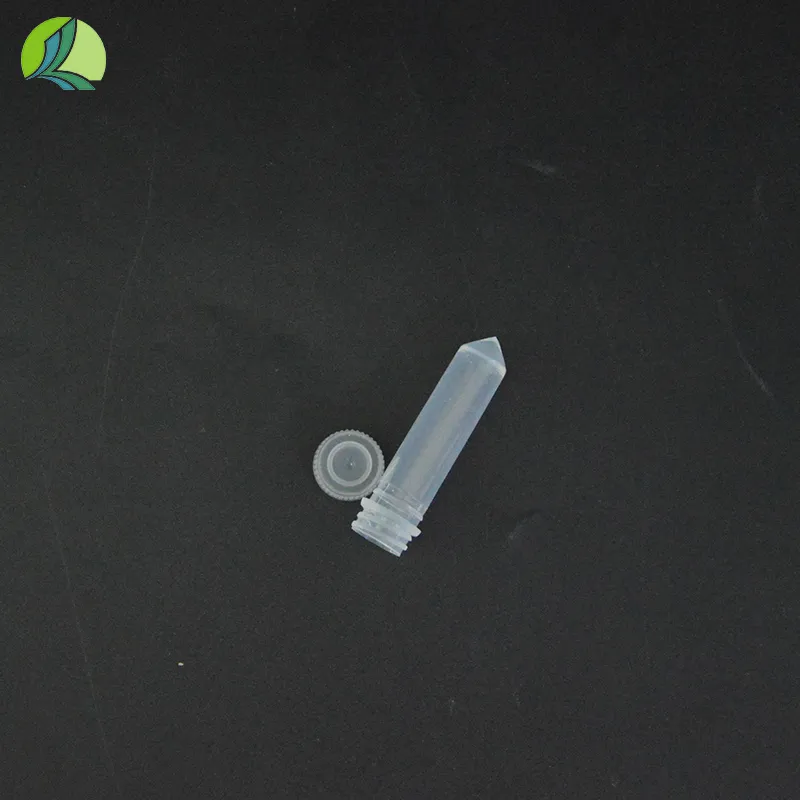tube for centrifuge
Understanding Tubes for Centrifuge A Comprehensive Overview
Centrifugation is a widely used laboratory technique that employs centrifugal force to separate particles from a solution, enabling researchers to isolate various components for analysis. One of the critical elements in this process is the centrifuge tube, which is essential for holding samples safely during centrifugation. In this article, we will delve into the types of centrifuge tubes, their materials, and their applications in various fields.
Types of Centrifuge Tubes
Centrifuge tubes come in several types, each designed for specific applications. The two most common types are conical and flat-bottom tubes.
1. Conical Tubes These tubes, often referred to as centrifuge or falcon tubes, have a tapered base that allows for efficient sedimentation of particles. Their conical shape facilitates the collection of precipitates at the bottom, making them ideal for applications such as blood separation, cell centrifugation, and DNA precipitation. Standard volumes for conical tubes range from 15 mL to 50 mL, which cater to different sample sizes.
2. Flat-Bottom Tubes These tubes are generally used for more specialized applications where a flat base is necessary to ensure stability during centrifugation. They are often employed in combination with adapters to fit various rotors. Their design makes them suitable for applications that require precise layering or separation of different liquids.
3. Specialized Tubes In addition to the above two types, there are also specialized tubes designed for specific techniques like ultracentrifugation, gradient centrifugation, and those optimized for particular chemical reactions or biological assays. These specialized tubes may possess unique features, such as specific coatings or graduated markings, to enhance their functionality.
Materials Used in Centrifuge Tubes
The materials from which centrifuge tubes are made are crucial as they affect the performance, compatibility, and safety of the tubes during the centrifuge process. The most common materials include
1. Polypropylene This is the most widely used material for centrifuge tubes due to its excellent chemical resistance, lightweight nature, and ability to withstand high centrifugal forces. Polypropylene tubes are transparent or semi-transparent, allowing for easy observation of samples. They are suitable for a wide range of applications, including cell culture and molecular biology.
2. Polyethylene While not as common as polypropylene, polyethylene tubes are typically used for lighter applications due to their lower strength and stability. They are often disposable and generally more cost-effective.
tube for centrifuge

3. Glass Some applications, particularly those involving organic solvents or certain high-purity requirements, necessitate the use of glass centrifuge tubes. Glass provides a non-reactive surface, ensuring sample integrity. However, glass tubes are more fragile and can pose a safety risk in high-speed centrifugation.
4. Other Materials Certain specialized applications may require tubes made from other materials, such as polystyrene or Teflon, particularly when dealing with sensitive or corrosive samples.
Applications of Centrifuge Tubes
Centrifuge tubes are employed across various fields, including
- Clinical Laboratories In clinical settings, centrifuge tubes are pivotal for separating blood components, isolating plasma or serum, and preparing samples for biochemical assays.
- Research Laboratories In fields such as biochemistry, molecular biology, and microbiology, these tubes are essential for preparing samples, performing protein purification, and isolating nucleic acids.
- Industrial Applications Numerous industries, such as pharmaceuticals and biotechnology, rely on centrifuge tubes for quality control processes, product formulation, and research and development.
- Environmental Testing In environmental laboratories, centrifuge tubes are used for analyzing soil, water, or other environmental samples to separate pollutants or other components of interest.
Conclusion
Centrifuge tubes play a vital role in the effectiveness of the centrifugation process across many scientific disciplines. Understanding the different types of centrifuge tubes, their materials, and their applications ensures that researchers and laboratory technicians can select the appropriate tube for their specific tasks. As technology advances, we can anticipate further innovations in centrifuge tube design and material science, enhancing the efficiency and safety of laboratory practices.
-
Aesthetic Makeup Spray Bottles | Fine Mist Empty RefillableNewsAug.19,2025
-
White Plastic Veterinary Vaccine Vials | Lab Liquid BottlesNewsAug.18,2025
-
Plastic Medicine Liquid Bottle: Secure Flip Top Drug VialsNewsAug.17,2025
-
Durable 250ml Blue Plastic Vaccine Vial for Lab & Vet UseNewsAug.16,2025
-
Sterile Virus Sample Tubes: Secure & Reliable Specimen CollectionNewsAug.15,2025
-
White 250ml Plastic Vaccine Vial for Lab & Vet MedicineNewsAug.14,2025
























